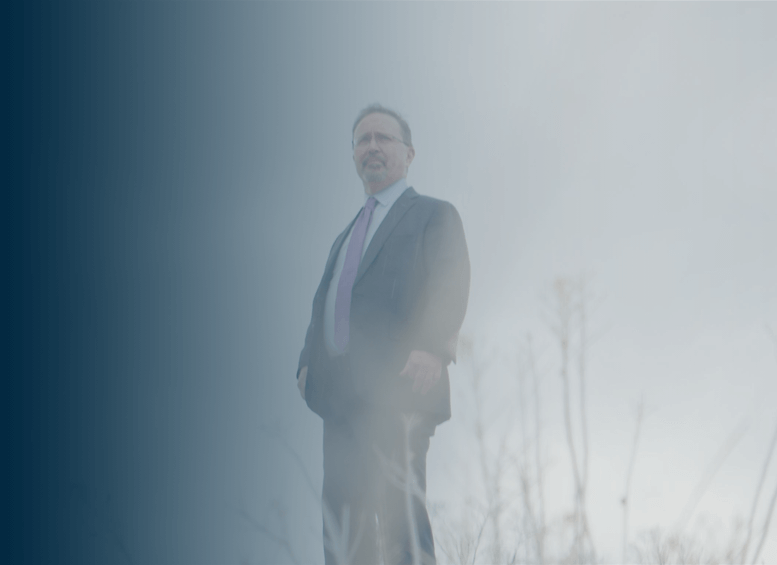Reno Car Accident Lawyer
When you’re involved in an auto accident you probably are very upset. It is a good idea to know ahead of time what you should do in case you’re in a car crash. There are dozens of reasons for car accidents, but some are more common than others.
Common Causes of Car Accidents
Many car accidents might be avoided if drivers just used common sense. Unfortunately, often people leave behind common sense when they are in the driver’s seat.
Some common causes of car accidents are:
- Drunk driving
- Speeding
- Being too aggressive
- Tailgating
- Failing to yield the right of way
- Stopping too abruptly so that you are rear-ended
- Cutting in front of another car
- Road rage
- Inexperienced teen drivers
- Older drivers who no longer can drive as well as they could before
- Poor driving conditions such as rain, fog, snow, ice
- Drivers with poor night vision
- Falling asleep at the wheel
- An animal or person who unexpectedly enters the road
Stopping Times
How long it takes a car to stop depends upon the:
- Vehicle’s speed
- Driver’s perception time
- Driver’s reaction time
- Car’s functionality in terms of stopping (quality of tires and brakes)
- Conditions of the road
Highway safety engineers have developed general guidelines regarding stopping times which have become standardized over the years. According to these rules, if a street is dry the average driver of a car or light truck with relatively good tires can safely break at a rate of 15 feet per second.
In these circumstances, if someone is driving on the freeway at 60 miles per hour, it would take a total of 6.87 seconds (including a one second delay for the driver to react) to stop. The stopping distance would be 302.28 feet, just a bit over the length of a football field.
Car Crashes and Negligence
Negligence or distracted driving accounts for many road accidents. Some examples of driver negligence include:
- Using a cell phone to text or talk
- Eating or drinking
- Putting on makeup or shaving
- Fiddling with the radio
- Trying to use a GPS
- Trying to read a map
- Talking to another person in the car
- Driving recklessly
- Running a red light or another traffic signal
- Drunk driving
- Not properly checking before changing lanes
What Should You Do If You Are Involved in a Reno Car Crash?
People are often hurt and shaken up after an auto accident and, as a result, they may be confused about what to do when you get into a car accident. As a dedicated car accident attorney, Matthew Sharp guides clients through the aftermath of a car accident by dealing with insurance companies and any legal issues involved.
If you get into a car accident, you should:
- Stay calm.
- Stop in a safe location and do not leave the scene of the accident until the police have arrived.
- Get medical help. If you or any others are seriously injured, you should call 9-1-1 and wait for emergency personnel to arrive. Even if you do not appear to be injured, you may want to see a doctor anyway since some car accident injuries don’t show immediate signs or symptoms. Medical attention will not only ensure that you get the proper treatment, but it will serve as documentation of your car accident injuries in connection with any legal claims.
- Contact the police. While you should communicate the facts of the accidents, do not make any assumptions or draw any legal conclusions.
- Exchange contact information with the other driver and accident witnesses.
- If you are able, you should take photos of the car accident scene.
- Shortly after the auto accident, you should inform your insurance company of the accident. Make sure to avoid making any statements regarding fault or negligence, and do not sign any insurance documents without first consulting with a lawyer.
- Obtain and maintain all relevant information, including police reports, medical records, medical bills, repair receipts, lost wage information, and other documentation regarding accident and its aftermath.
- Contact a car accident lawyer. A car accident lawyer will conduct an investigation, tell you your rights and options, communicate with the insurance companies, handle any insurance disputes, and fight to get you maximum money damages.
Documenting the incident is important. If you are injured, seeing a doctor first is most important. This not only ensures you get the proper treatment; it serves as documentation of your injuries as a result of the crash.
While you are at the crash scene, if you can, it is important to take a picture of the crash with your cell phone and be sure to get a photo of the other car’s license number. Also exchange relevant information with the other driver such as contact phone number and address, insurance information, and so forth. Also, you should try to get names and contact information of witnesses to the accidents. You also should contact the police, who will write up a report that will contribute to your documentation information.
It is important to contact a Reno personal injury lawyer as soon as possible. They can begin the process of protecting your interests and seeing that you are appropriately compensated for your pain and suffering, medical and rehabilitation costs, and loss of wages in the present and the future if applicable.
Contact a Reno Personal Injury Lawyer
Matthew L. Sharp is a Reno personal injury lawyer who is dedicated to helping his clients be compensated for the wrongdoing of other persons. If you or someone you love is injured in a car accident caused by another’s negligence, contact the Law Office of Matthew L. Sharp today.
CLIENT TESTIMONIALS
“I recently retained the professional services of Matthew Sharp and his law firm to represent my interest in a legal proceeding. Mr. Sharp and his firm shall I say was way over the top in providing excellent and sound legal advice. His professional attitude and attention to detail during the entire process was second to none as well as the rapid and courteous responses from Mr. Sharp and his staff to any and all of my questions regarding my case. Furthermore, I would give my utmost support to anyone choosing Mr. Sharp and his firm in any type of legal representation.”
- RICK S.










